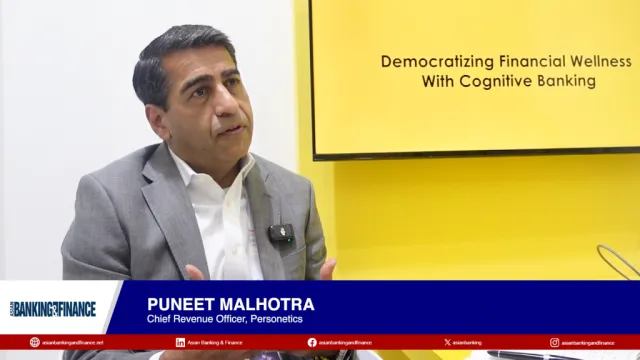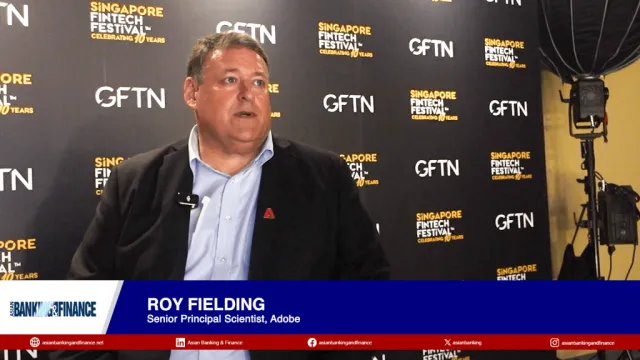
Philippine central bank gears up for instant cross-border transfers
Monetary authorities in Asia are about to bring Project Nexus to market.
The Philippines is working with Malaysia and Japan to link their instant payment systems for merchants, though the ultimate goal is to go beyond bilateral ties in favour of a multilateral approach, according to a senior central bank official.
“We envisage that our merchants here can accept payments from Malaysian tourists or residents here in the Philippines, and vice versa,” Mamerto Tangonan, deputy governor of the Bangko Sentral ng Pilipinas (BSP), told Asian Banking & Finance.
Tangonan, who is also head of payments and currency management at the BSP, said the Philippines is more than ready for instant cross-border payments and transactions.
“We have an instant payment system existing as far back as 2018,” he said via Zoom. “All we need to do here, technology wise, is just to connect it with other payment systems via a hub.”
Once successful, a central bank like the BSP only needs to connect its payment system to a single network and have access to many jurisdictions. This, however, is a bit tricky due to differences in each country’s anti-money laundering rules, he pointed out.
Paris-based Financial Action Task Force in February removed the Philippines from its list of jurisdictions under increased monitoring for “dirty money” risks, citing progress in state efforts against money laundering and terrorist financing.
The country had been on the gray list since June 2021.Tangonan said harmonizing anti-money laundering rules requires a good
amount of work, including making sure that every transaction is not tainted.
The introduction of ISO 20022 — the standard for electronic data exchange between banks globally — has somewhat eased this challenge.
The Philippines is also part of Project Nexus, a Bank for International Settlements (BIS) Innovation Hub initiative that seeks to standardise the way instant payment systems connect to each other.
The project aims to enhance cross-border payments by connecting multiple domestic instant payment systems globally for faster, cheaper, and more accessible international transactions.
Tangonan said several central banks in Asia including Singapore, Thailand, Malaysia, India and the Philippines are in the final stage of developing and bringing Project Nexus to market.
Tangonan is optimistic that Nexus will also benefit rural banks and nonbank e-money issuers, whose clients include families of overseas Filipino workers who regularly send money home.
“It broadens the access to cross-border payments,” he said. “You will now have, let’s say, beneficiaries of overseas Filipinos receiving their remittances directly to their account even if it’s a rural bank, at a very low cost, very high speed, and very transparent way.”
By 2027, a Filipino can travel to Singapore and pay by just scanning Singapore’s PayNow QR Code, Tangonan said. “You can have your laksa from a hawker center. For tourists going to Boracay, they can buy taho (sweet tofu pudding) by just scanning the PH QR code of the taho vendor.”
He said cross-border payment costs under Project Nexus would be “way below” the rates endorsed by G20 nations. Payments will be credited in less than one minute, he added.



















 Advertise
Advertise







